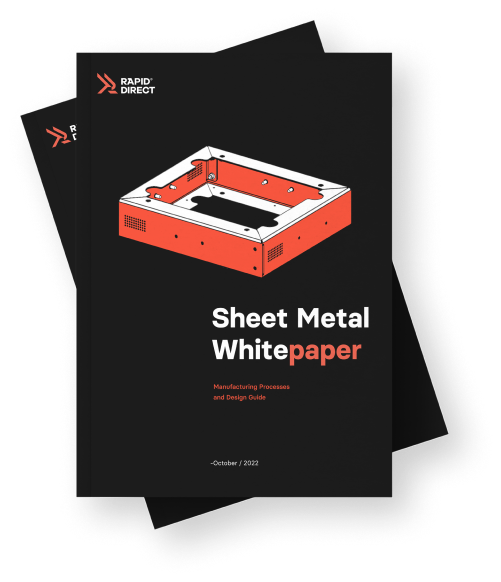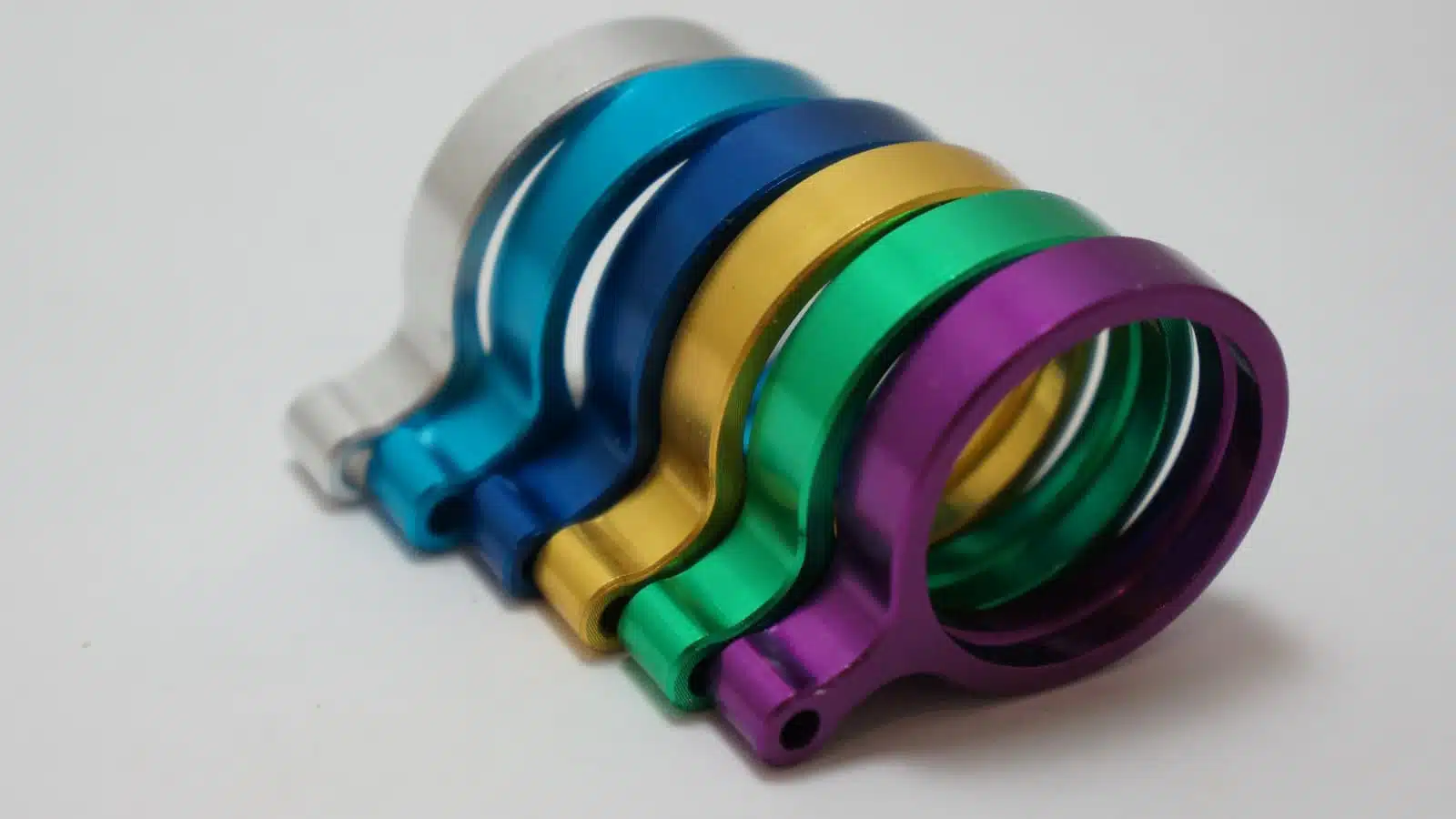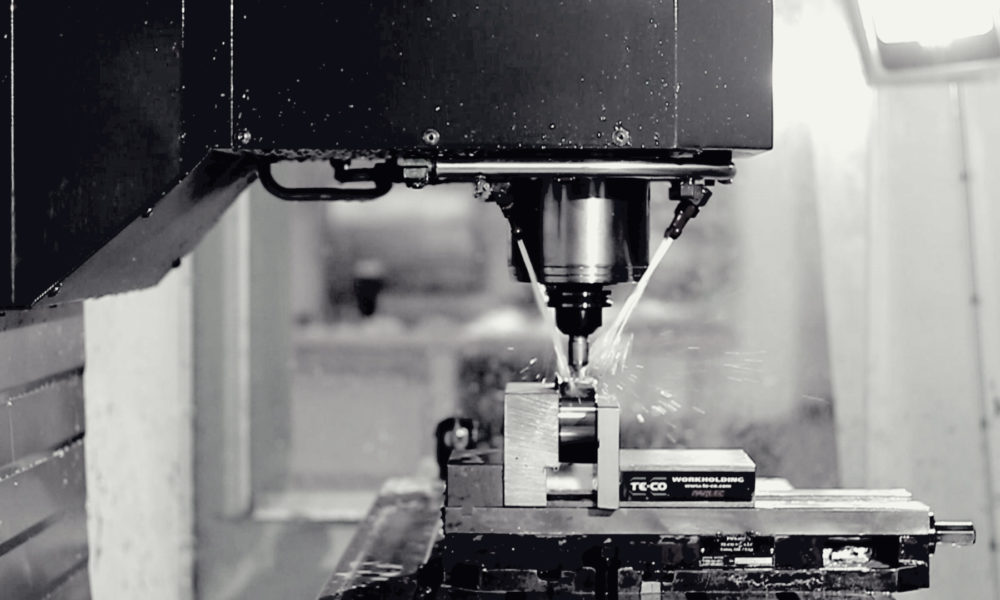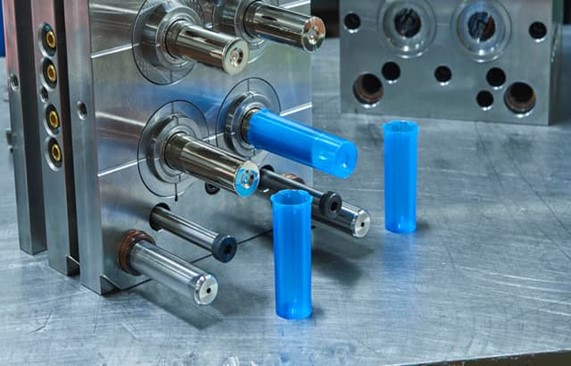Sheet metal fabrication is a well-established production process used in manufacturing sheet metal parts. It involves using techniques such as bending, punching, cutting, forming, etc., to fabricate sheet metal. After producing a sheet metal part, depending on the use and other factor, the sheet metal part can be subjected to a post-processing stage by the application of sheet metal finishes.
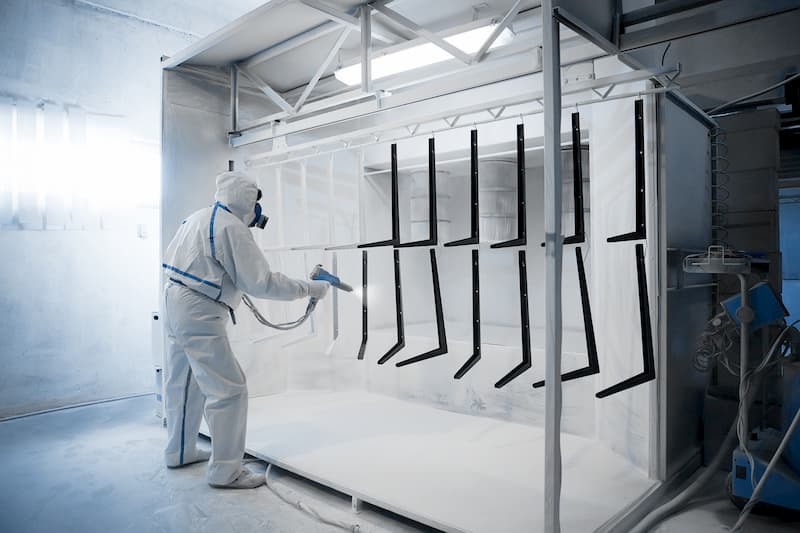
The post-processing stage involves applying sheet metal finishes on the fabricated part. While it is not a requirement, it is an important step for many sheet metal metals. For example, aluminum sheet metal finishes are important for durability and anti-rust properties. There are many types of sheet metal finishes that you can apply in modern-day sheet metal fabrications. To make it easy, this article will elaborate on common and high-quality sheet metal finishing options you can use and how to select the right ones. Let us dive right in!
Sheet Metal Finishing Options You Can Use
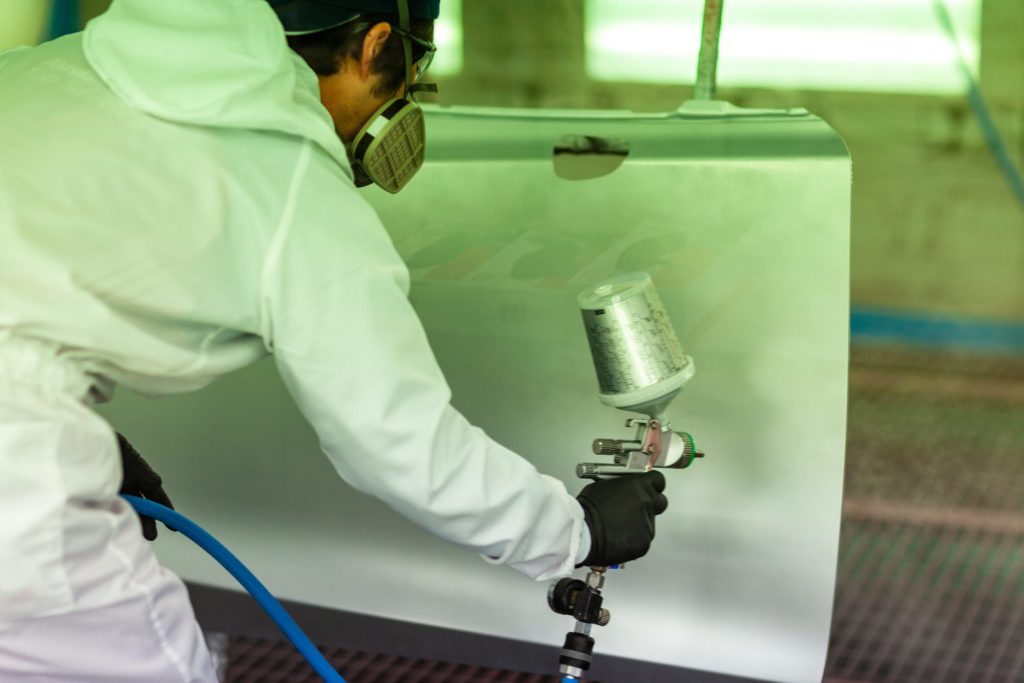
This section will introduce the different sheet metal finishing processes you can add to your sheet metal design plan. This will include a short mechanism of action, uses, advantages, and disadvantages.
1. Bead Blasting
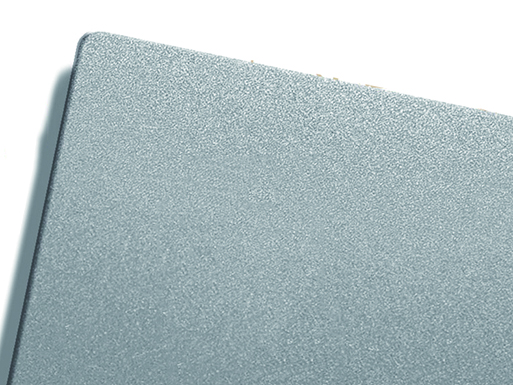
Bead blasting is a finishing process that involves shooting thousands of tiny abrasive particles (such as glass or sand) at the sheet metal part surface using compressed air. The sustained impact of these tiny beads on the metal’s surface creates smooth sheet metal surface finishes with matte textures.
Bead blasting is a fairly standard sheet metal finishing process. However, it is also ideal for cleaning or removing paint from finished parts. The visual quality of bead-blasted metal parts makes the post process a popular option for visual applications that require a matte quality. Consequently, it is one of the common aluminum sheet metal finishes you can use for parts that require high visual quality. Bead blasting can also be followed by other finishing processes if needed, and it is ideal for parts that require cosmetic properties
Advantages
- Bead blasting is a safe method that is compatible with aluminium, brass, stainless steel, steel.
- It is long-lasting when compared to other sheet metal finishes
- The process is environmentally friendly.
- It is ideal for treating sensitive surfaces.
- The sheet metal finishes (sand or glass) are majorly non-reactive.
Disadvantages
- It is not a fast sheet metal finishing solution.
- Using silica as sheet metal finishes can lead to siliceous hazards indicated as lung disease and cancer.
- It is not economic for small projects
- There is a need for high precaution measures by the operator.
2. Anodizing
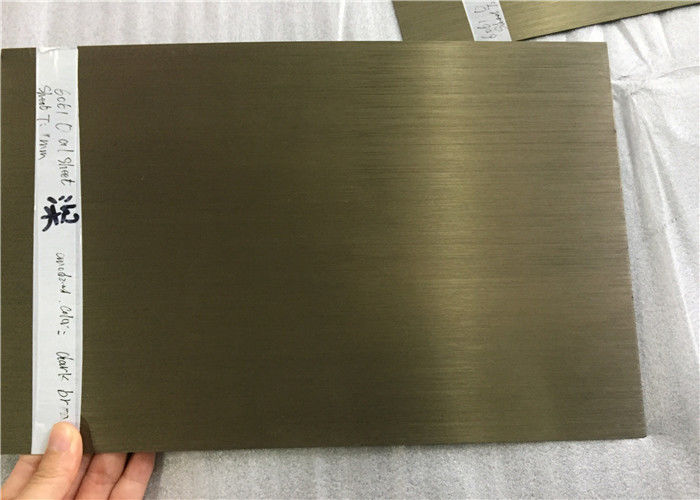
Anodizing is another sheet metal finishing solution used for aluminum and titanium sheet metal parts. It is a technique that uses an electrochemical process to create a corrosion-resistant layer on the surface of the sheet metal part.
The process involves submerging a sheet metal part into an acid electrolyte bath and exposing it to an electric current. The combination of these elements results in the conversion of the sheet metal part’s surface into an anodic oxide layer that is fully integrated into the part surface.
The process is only compatible with aluminum and titanium metals and is available in three variations: Type I, Type II, and Type III.
- Type I anodization involves using chromic acid to create thin layer sheet metal finishes on the sheet metal surface.
- Type II anodization results in a strong corrosion-resistant layer by using sulfuric acid instead of chromic acid.
- Hardcoat anodization/Type III, results in thicker sheet metal finishes that are corrosion resistant and wear-resistant.
Anodization can also impart a variety of surface finish colors. It is a common finishing process in producing mechanical parts, aircraft and automotive components, precision instruments and more.
Advantages
- It has excellent corrosion and abrasion resistance
- There is no risk of adhesion failure, fading, and chalking.
- Anodization produces perfect and irremovable sheet metal finishes
- The end product is UV stable
- It offers a wide range of sheet metal finishes.
Disadvantages
- It has a lower range of compatible materials.
- Titanium and aluminum sheet metal finishes have lower thermal conductivity.
- It is not compatible with stainless steel
- It is hard to replicate consistency when dealing with different sheet metal parts
3. Powder Coating
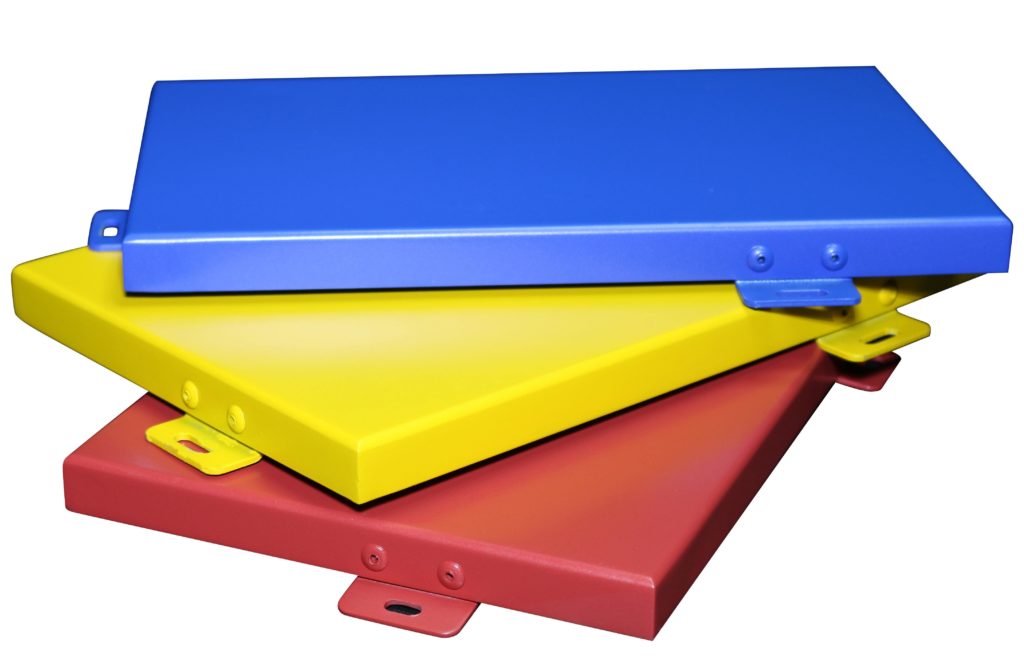
Powder coating is an aesthetic finishing process that consists of spraying powdered paint onto the surface of a material. In sheet metal fabrication, the sheet metal is then baked to paint bonds to its surface. This creates a strong layer that is corrosion resistant and wear-resistant. Therefore, powder coating is superior to more conventional painting methods because it creates a strong layer outside the component.
Powder coating is available in many colors (including any RAL code or Pantone hues) to meet the client’s aesthetic and brand requirements. It is also available in various sheet metal finishes, such as glossy, semi-glossy, flat, metallic and textured. Prices for powder coating are variable depending on the color, finish and part geometry.
Advantages
- It has excellent corrosion and abrasion resistance
- There is no risk of adhesion failure, fading, and chalking.
- The sheet metal finishes implanted is long-lasting and economical
- The end-product is non-toxic and less flammable.
- It offers a wide range of sheet metal finishes available for virtually any type of sheet metal
Disadvantages
- You cannot mix powders to achieve different colors.
- It can be a little costly.
4. Electroplating
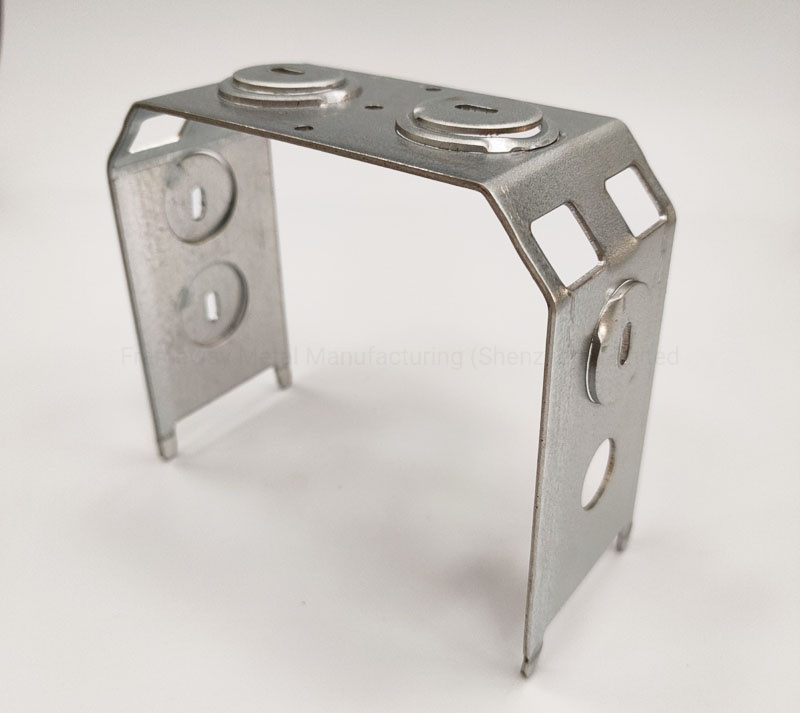
This is another popular sheet metal finishing process in which fine layers of another type of metal (sacrificial metal) are deposited on the sheet metal part’s surface. Electroplating occurs by placing the sacrificial metal on the anode position and the sheet metal part on the cathode position. Both metals are placed inside an electrolyte similar to the anodic material. The two types of metal are then chemically bonded through electric conduction.
There are several options for the electroplating material, each of which provides a different combination of properties. At RapidDirect, we can electroplate sheet metal parts using tin, nickel and electroless nickel. It is important to note that if electroplating is used, then tolerances of the original part should account for the final plating’s thickness.
Electroplating can increase conductivity (depending on the sacrificial metal) and increase a part’s resistance to radiation and is thus commonly used to produce radiation shields.
Advantages
- It has excellent corrosion and abrasion resistance
- There is an improvement in conductivity.
- Electroplating reduces friction.
- It is compatible with many types of sheet metals
Disadvantages
- It can be a little costly.
As one of China’s premier online rapid prototyping services, RapidDirect offers a broad range of sheet metal finishing solutions to its customers around the globe. We understand that every rapid prototyping and production job is different, and we work with our customers to ensure that their parts meet every requirement.
In combination with our extensive sheet metal fabrication capabilities, RapidDirect professional finishing solutions ensure that you always have the best quality part in hand at the end of the day, whether it is a prototype or end-use component.
In addition to sheet metal fabrication, we also offer CNC Machining, Injection Molding and 3D Printing production services. Find out more about CNC Machining finishing solutions and Injection Molding finishing solutions. And stay tuned for a blog post about 3D Printing finishing solutions.
How to Select the Right Sheet Metal Finishing Process
Having basic knowledge about sheet metal finishes to apply is not the only thing. You must also know how to select the right sheet metal finishing solution. Below are a few factors that will help you in selecting the right sheet metal finishing process:
1. The Type of Material
The type of material you are working with determines the sheet metal finishing process you can use. Some sheet metal finishing processes are only compatible with some materials. For example, anodizing is only compatible with aluminum and titanium.
Also, different types of material have different hardness properties. Using an abrasive finishing solution such as bead blasting with soft sheet metals can damage the part.
2. Coating Thickness
Coating thickness is another factor that determines the sheet metal surface finishes that you can use. When comparing the different finishing solutions highlighted above, you will notice a trend. Below is a list of coating thicknesses for some of the above finishing solutions:
- Powder coating produces thickness ranging from 35 µm to 200 µm.
- Anodization produces thickness ranging from 0.5 µm to 150µm depending on the type.
- Electroplating produces thickness ranging from 5 µm to 25 µm.
3. Uses
Sheet metal finishes are mostly applied due to aesthetics or functional reasons. Each finishing solution discussed above is suitable for aesthetic function, albeit to a different degree. Also, the finishing solutions are suitable for functional use, also to a different degree. For example, it is only necessary to apply stainless steel sheet finishes if you think more of aesthetic reasons. However, aluminum sheet metal finishes are common for both aesthetics and functional reason.
4. Turnaround Time
The production speed is also another important factor you should consider when choosing a finishing solution. If you have a short turnaround time, you should choose a fast sheet metal finishing solution and vice versa. However, combine this factor with quality as quality is sometimes synonymous with higher production time.
5. Cost
Finally, the most important factor determines what type of sheet metal finishes you can use. You should explore all possible options in terms of price before choosing the right one. Some finishing solution, e.g., anodizing is very costly. You should know how to combine cost and quality to produce something unique.
Conclusion
Sheet metal finishes are an important part of sheet metal fabrication. They are important for aesthetics or functional use needed by many manufacturing industries. There are many sheet metal finishing processes you can use. However, this article talked about high-quality finishing processes you can employ in your projects. The article showed their principle, advantages, and disadvantages to further ease the selection process.
